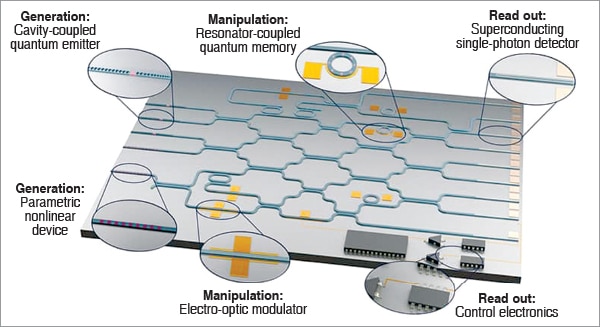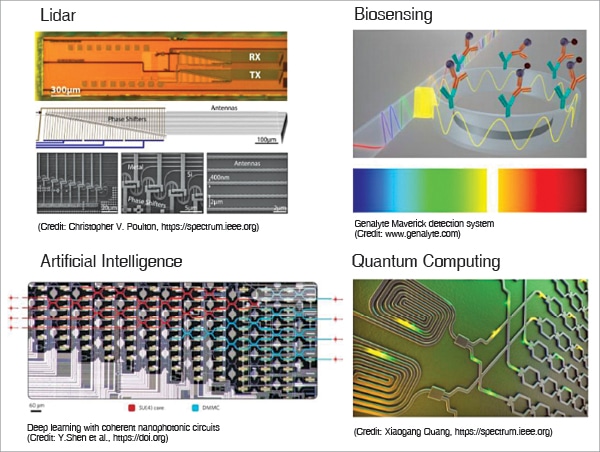Quantum integrated circuits use qubits’ superposition and entanglement for simultaneous calculations, driving unmatched speed and efficiency.
Quantum integrated circuits (QICs) are poised to revolutionise modern computing through the power of quantum mechanics. These circuits promise unprecedented processing capabilities, surpassing classical silicon-based systems in previously unimaginable ways. Understanding their nature, applications, and potential impact reveals how QICs could reshape the future of technology.
What are quantum Integrated circuits?
Quantum integrated circuits use quantum bits (qubits) instead of traditional binary bits for computation. Unlike classical bits that hold a value of 0 or 1, qubits leverage the quantum properties of superposition and entanglement, allowing them to exist in multiple states simultaneously. This capability enables QICs to perform many calculations at once, significantly boosting speed and efficiency for complex problems.

How qics work
Unlike classical integrated circuits (ICs), QICs rely on quantum properties such as:
Superposition
Qubits can exist in a combination of 0 and 1 states simultaneously, vastly increasing the potential computational power.
Entanglement
Two qubits can become entangled, meaning the state of one qubit can instantly influence the other, regardless of the distance between them. This enables faster, more efficient data transmission and processing.
These quantum properties allow QICs to tackle problems that are practically unsolvable for classical computers, particularly in fields such as cryptography, optimisation, and material science.
Key applications of qics
The potential applications of QICs span a wide array of industries, including:
Cryptography
Quantum computers using QICs can potentially break existing encryption algorithms, but they also promise to create more secure quantum cryptographic protocols.
Drug discovery
QICs enable faster simulation of molecular structures, accelerating drug development by allowing researchers to model interactions at the quantum level.
Artificial intelligence
Quantum circuits can improve machine learning models by efficiently processing large datasets, potentially leading to breakthroughs in AI.
Financial modelling
Quantum computing could revolutionise the financial sector by optimising complex models, pricing derivatives, and enhancing risk analysis.
Climate modelling
The ability of QICs to handle massive data sets and run simulations faster can help improve the accuracy of climate change models, aiding global environmental efforts.

Challenges in developing qics
Despite their promising potential, developing practical QICs presents significant challenges:
Quantum decoherence
Qubits are highly sensitive to their environment. Quantum states can easily lose coherence, leading to errors in computation.
Error correction
Classical computers rely on error correction techniques, but developing reliable quantum error correction methods remains a work in progress.
Scalability. Integrating many qubits into a single circuit remains a major hurdle. Researchers are working on methods to scale up quantum circuits while maintaining stability.
The future of qics
The future of QICs is promising, with major companies such as IBM, Google, and Rigetti Computing leading advancements in quantum processors and circuits. These organisations are progressing quantum hardware while enhancing the software needed to run sophisticated quantum algorithms. With continued development, breakthroughs in quantum communication, sensing, and even quantum internet technologies are expected. Governments and corporations are investing in quantum research, recognising its potential to reshape industries and deliver exponential advances in computation.
While challenges remain, ongoing advancements in quantum research promise to overcome these obstacles, making QICs a cornerstone of the next technological revolution.
The author, Duraiarasu E, is B.E in Electronics and Communication Engineering. He is a research associate at International Institute of Information Technology, Bangalore (IIITB). His areas of interest are IoT, VLSI, embedded systems, machine learning, 3D printing, and MEMS








